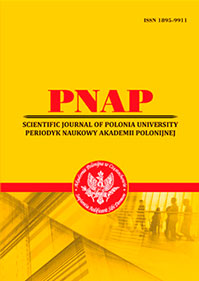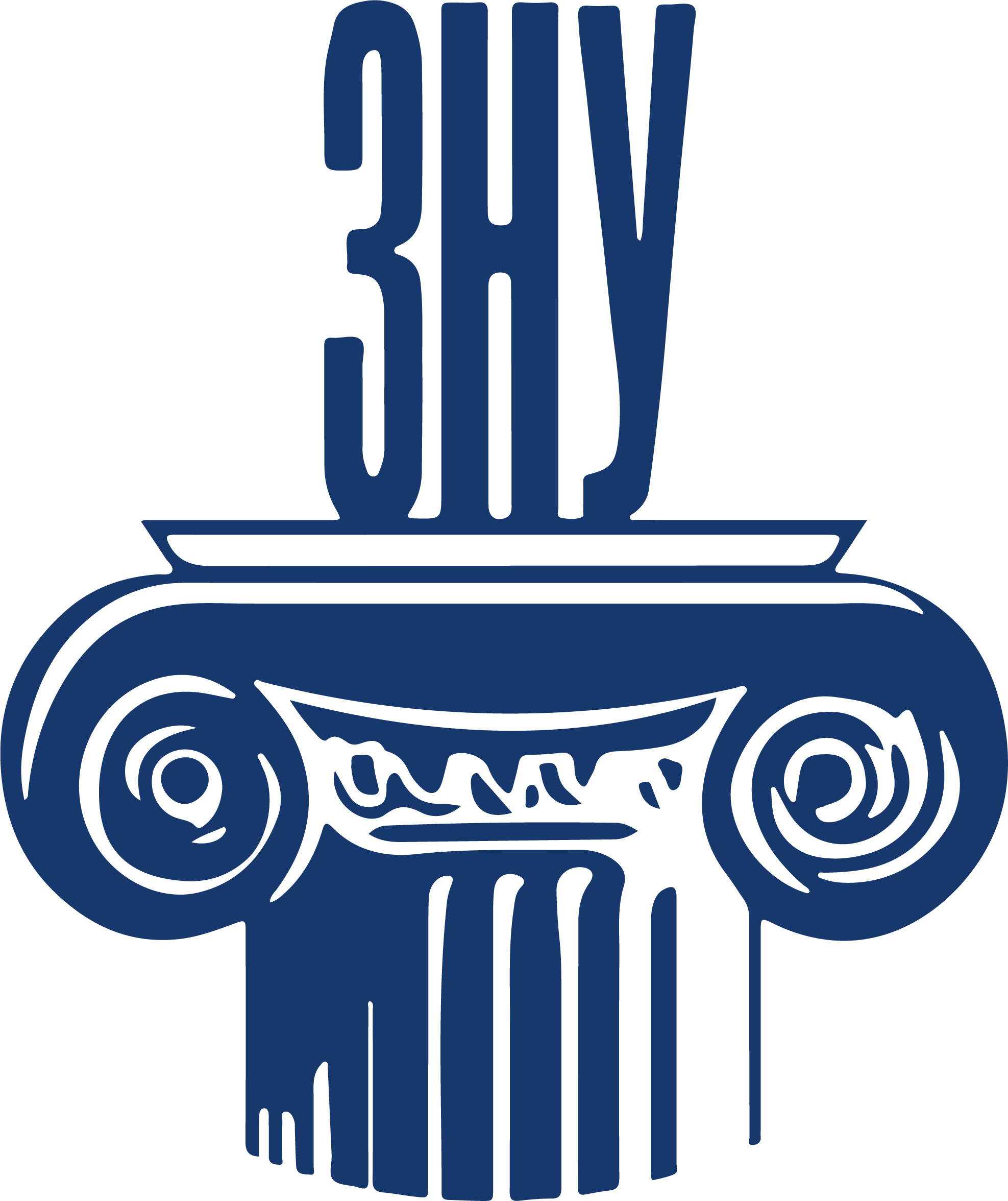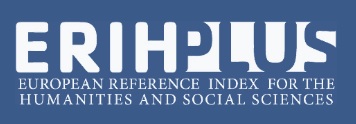QUALITY EVALUATION CRITERIA OF INTERPRETATION
Abstract
The article discusses the issues of achieving the high quality interpretation at conferences and negotiations. The purpose of the article is to determine the criteria for evaluating interpretation. Analyzing the approaches of leading nativ and foreign translators, in the article is justified the need to differentiate the basic concepts of assessing the effectiveness of translation and interpretation. Similarly, the article differentiates the methods of evaluating the translation and interpretation, describes the concepts of equivalence and adequacy of translation, which are considered the main factors in measuring the effectiveness of translation and interpretation. Achieving adequacy in interpreting, particularly, pragmatic adequacy, is viewed as the most relevant way to achieve the goal of communication. The article reviews the actual methodical techniques presented in the works of modern theorists and practitioners of translation and interpretation, and also examines the most effective types of special exercises used by the author of the article in practice. Specific examples demonstrate the ways of overcoming possible complications in the process of oral communication through the use of special translation skills and tools, which allows achieving adequate translation. The article also emphasizes the importance of acquiring special interpretation competences in linguistic education of universities. Speaking about the quality evaluation criteria of interpretation, it is logical to proceed from the criteria of achieving adequacy, first of all, conveying the meaning of the statement, while always striving to achieve the desired pragmatic impact on those for whom this translation is intended. Absolutely, depending on the topic and format of consecutive interpretation, translation from a sheet or simultaneous translation, adequacy is achieved in different ways, but the center of the communicative process is a translator with the necessary psychological qualities such as communication flexibility, stress, erudition and has the appropriate techniques to achieve the required adequacy of translation in any situation.
References
2. Комиссаров В.Н. Общая теория перевода. Москва : ЧЕРО, 1999. 136 с.
3. Seleskovich D., Lederer. M. Interpreter Pour Traduire. Paris, 1996. 311 p.
4. Миньяр-Белоручев Р.К. Записи в последовательном переводе. Москва : Проспект АП, 2005. 176 с.
5. Чужакин А.Н. Мир перевода 7. Прикладная теория устного перевода и переводческой скорописи. Москва : Р. Валент, 2003. 232 с.
6. Брега О.Н. Оценка уровня сформированности профессиональной межкультурной метаязыковой компетенции. Вектор науки Тольяттинского государственного университета. Серия «Педагогика, психология». Тольятти, 2017. № 2 (29). С. 25–30.
7. Алексеева И.С. Профессиональное обучение переводчика : учебное пособие по устному и письменному переводу для переводчиков и преподавателей. Санкт-Петербург : Союз, 2001. 288 с.
8. Вербицкая М.В., Беляева Т.Н., Быстрицкая Е.С. Устный перевод. Английский язык. Москва : Глосса-Пресс, 2008. Часть 1. 384 с.
9. Зубанова И.С. Английский язык. Скоропись в последовательном переводе (+ 2CD). Москва : Р. Валент, 2016. 216 с.
10. Комісаров В.Н. Сучасне перекладознавство. Москва : ЭТС, 2002. 420 с.
11. Илюхин В.М. Стратегии в синхронном переводе (на материале англо-русской и русскоанглийской комбинаций перевода) : дисс. … канд. филол. наук : 10.02.20. Москва, 2001. 215 с.
12. Setton R. A Pragmatic Theory of Simultaneous Interpretation : doctoral dissertation. Ann Arbor. Michigan, 1997. 214 р.
13. Снєгірьова Є.В. Компресія і втрати змісту при синхронному перекладі: як не перейти межу. Лінгвістика ХХІ століття: нові дослідження і перспективи. Київ : Логос, 2010. Вип. 5. C. 206–214.
 ISSN
ISSN 


.png)




